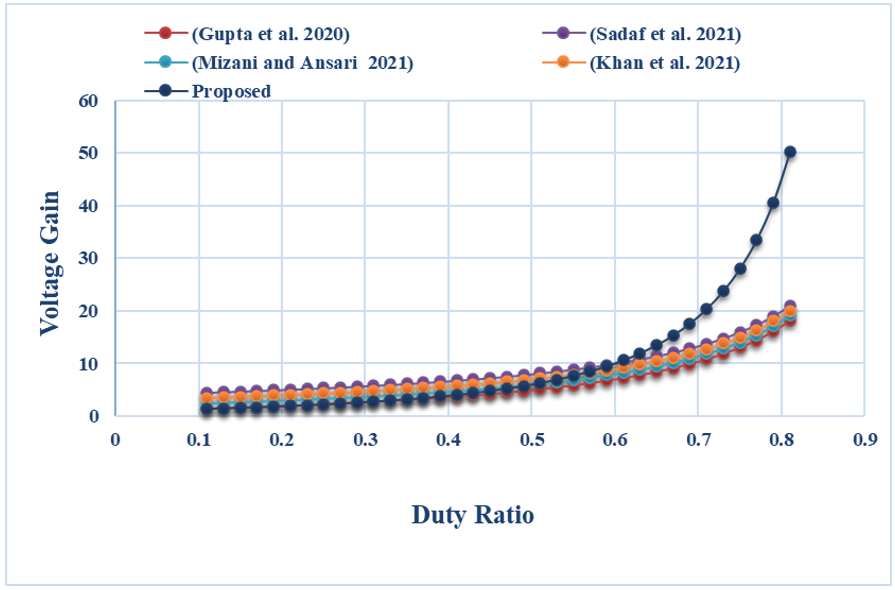VOLUME 17 (Supplement)

SciEnggJ 17 (Supplement) 008-016
available online: February 12, 2024
DOI: https://doi.org/10.54645/202417SupDWR-69
*Corresponding author
Email Address: rajender_eee@chaitanya.edu.in
Date received: January 6, 2023
Date revised: January 4, 2024
Date accepted: January 5, 2024
ARTICLE
A single switch high gain multilevel boost converter with switched inductor topology for photovoltaic applications
Warangal, Telangana, India.
2Professor, Dept. of EEE, Chaitanya (Deemed to be University), Warangal,
Telangana, India.
3Lecturer, Department of Technical Education, Government of Telangana,
India.
This paper proposes a new transformer-less single-switch high-gain dc-dc converter for solar power systems. The suggested converter is created by supplementing the conventional boost converter with a switched inductor cell plus a voltage multiplier stage. The converter has several benefits, including a high voltage conversion ratio, reduced voltage stress on semiconducting switches and diodes, a reduction in the need for gate drivers because only one switch is used, as well as constant input current to prolong the lifespan of the photovoltaic cell. The analytical waveforms of the recommended converter can be seen in the continuous conduction mode (CCM). The analysis of voltage stress is done. In the presence of parasitic components, increased voltage gain and efficiency were also obtained.The proposed high-gain converter topology is compared to recently published high-gain converter topologies in terms of performance. Using PSIM, a high-gain dc-dc converter's performance is studied and analysed with regard to its low switching voltage stress. The suggested converter is successful in stepping up 20V to 400V at 160W power capacity, while offering a continuous input source current at 95% efficiency.
© 2025 SciEnggJ
Philippine-American Academy of Science and Engineering